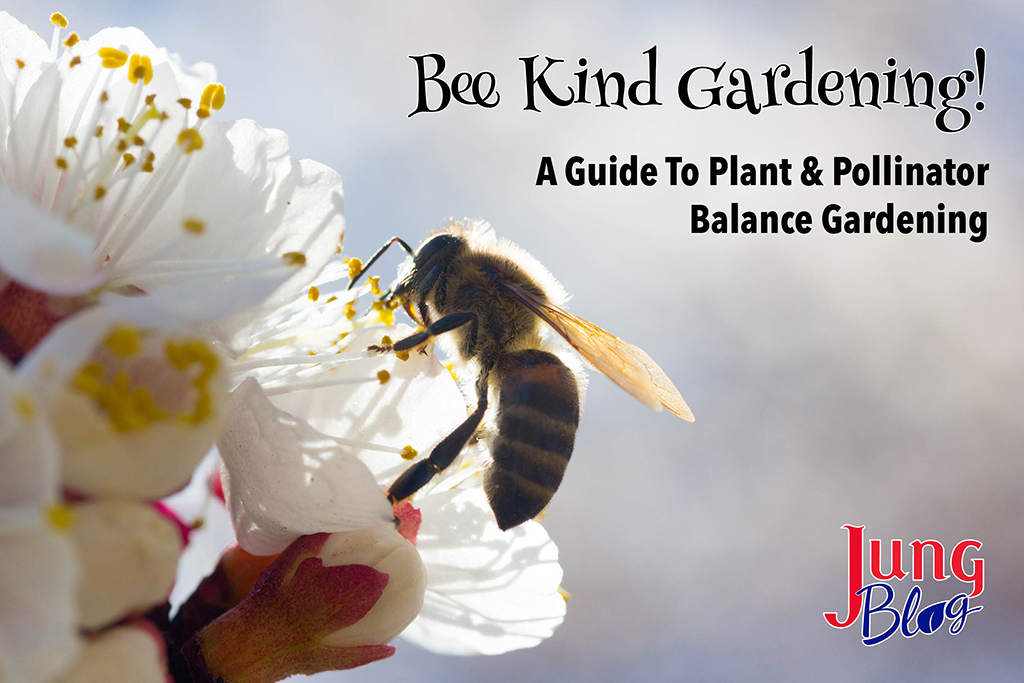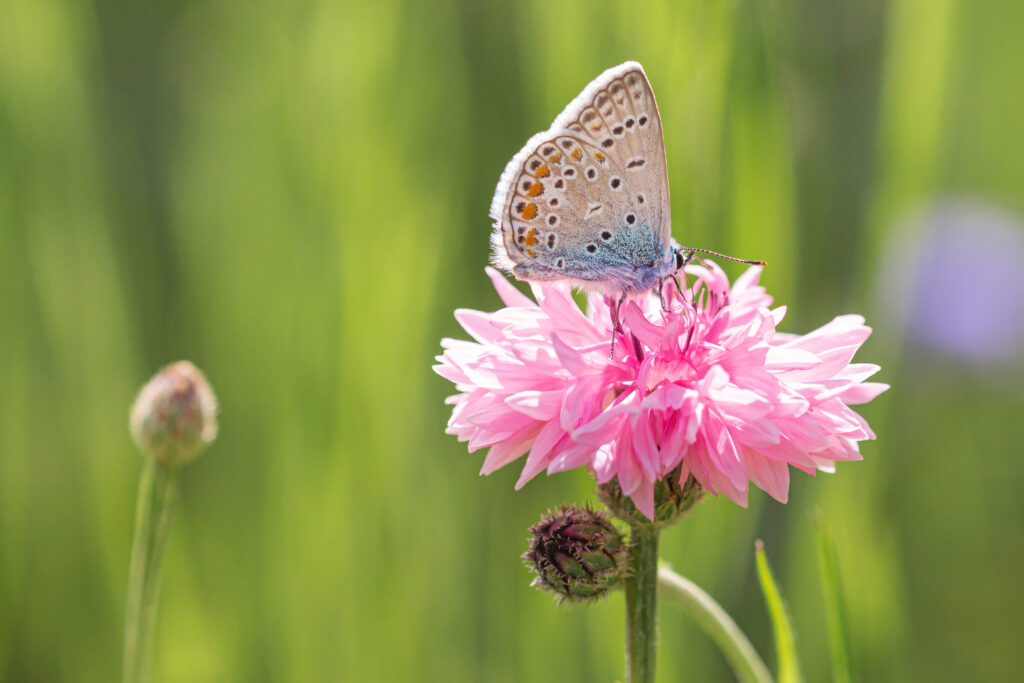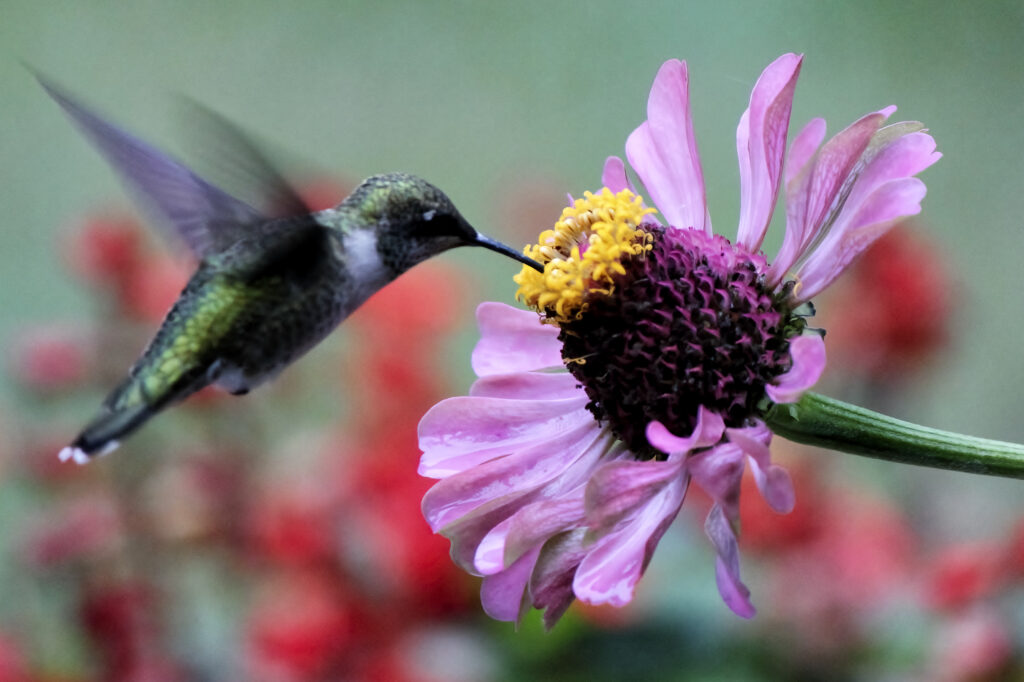
The word “Native” is an ambiguous definition when it comes to plants. Native to where? To North America? To a geographic region? To your entire state, county, or just your neighborhood? Plants don’t read books, but they are smart; they simply grow where they have suitable conditions for success. All plants have adopted strategies and mechanisms that send cues and signals to attract pollinators that form the foundation of our earthly balance between all plants and animals.
Going All Native? Not So Fast!

Maybe a gardener will choose to put in plants for a specific habitat or pick plants that will have some amount of inherent geographic advantage. It makes sense to plant moisture-tolerant plants in a low, boggy area, or drought-adapted plants on a dry rocky slope. For these situations, many native plants will work well, but remember many non-natives can be a more valuable option in our ornamental and edible gardens. Often, the availability, cost, and dependability of non-natives make them the best choice for our urban gardens. In addition to these practical gardening considerations, utilizing non-native plants also offers a broader blooming time for all sorts of foraging pollinators, much more effectively than natives do.
What Pollinators Really, Really, Really Want?

Pollinators only care about 3 things quantity, quality, and availability of the nectar or pollen. Will pollinators only forage on native plants vs non-native ones simply because a plant is native? The answer is NO. Don’t forget, honeybees, are non-native themselves. Since honeybees are originally from SE Asia, then what plants do they consider to be native, ours or theirs?
Studies have shown that pollinators will choose to forage on flowers that offer the best, most ample nectar or pollen that is most readily available at the time. Which makes sense. After all, we do the same thing when we open the fridge for a snack. Remember, pollinators do not read books either. They do not recognize our human-created borders. Insects don’t know whether a plant is native or not. As gardeners, we must recognize that other living creatures view the natural world more holistically than we humans do.
Pollinators locate nectar and pollen sources by sensory cues, such as scent, colors, or patterns. When we are hungry, a similar thing may happen to us if we catch a whiff of a delicious pizza or simply see an ad on a T.V. The lines and colors of nectar guides on Iris petals seductively lure bumblebees to their nectar the same way advertisers lure us with their pizza & burger ads.
Embracing Non-Native Plants
Dandelions

Dandelions, the scourge of the American lawn, are one of the most important early nectar & pollen sources for pollinators in this country, especially for bees. You cannot, with good conscience reach for a weed ‘N’ feed or weed-killing spray while in the same breath requesting an organic insecticide because you want to help “save the bees”. Think about it, this is hypocritical for gardeners who really do care about our pollinators. Instead, when you see those cheerful dandelions pop their little yellow heads up, just say, “You’re welcome bees!”
Fruit, Vegetables, & Herbs

Remember, virtually all garden fruits, veggies, and herbs are non-natives, but millions of gardeners grow them without a thought of where they originally came from. If you have declared yourself to be a “native plant purist”, surely you are not cultivating a vegetable garden, planting a bunch of annuals, or tending any apple trees, because these are all non-natives. We do not pass any judgment; we simply wish to emphasize the point that people, especially gardeners, should think about the choices we make every day and continually ask ourselves, what are we doing and why, when it comes to our gardening practices.
Healthy Pollinator Gardens

To promote a healthy pollinator garden sincerely and ethically, what is most important is to plant lots of fragrant, flowering trees, shrubs, perennials, and annuals no matter where they originate from. Equally important is to choose plants that bloom across a wide seasonal spectrum, from early spring to fall. This offers the largest smorgasbord of flowering plants for our pollinator friends. Native or not, the reality is plants are only a tiny part of promoting a healthy pollinator garden. Reducing turf-grass areas and limiting the use of high-impact pesticides are two of the most beneficial practices that help to protect our pollinators.
Other Recommended Reading

- 6 Gardening Activities For Earth Day
- 15 Best Plants For Pollinators
- Sunflower Guide – Growing, Caring, & Varieties
- How To Create A Bird-Friendly Garden
At Jung Seed Co, we strive to be your go-to guide for all your gardening needs. Our YouTube channel Jung Garden Center has a variety of videos where our experts provide gardening tips for all levels of gardeners. When you need reliable gardening advice, turn to the trusted experts at Jung.
If you are in the Wisconsin area, please visit us at one of our Jung Garden Center locations for all your gardening needs. Otherwise, you can browse our website. To receive info on new products, exclusive deals, and specials, be sure to sign up for our weekly email. Join our Facebook page, to discuss all things gardening!
